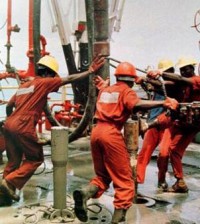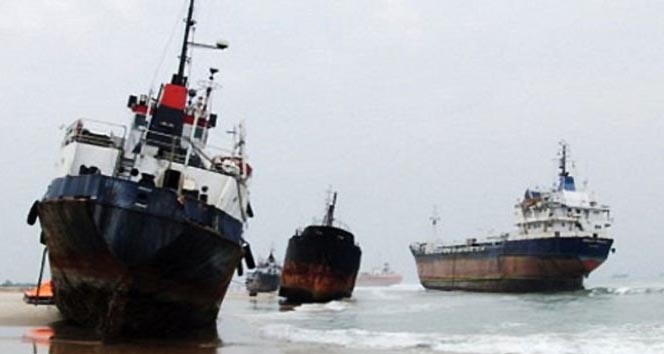Portugal Receives LNG Shipment from Nigeria
Portugal’s port of Sines has received a shipment of Liquefied Natural Gas (LNG) from Nigeria. The LNG Sokoto, according to the website of administracao do porto de sines SA, Portugal’s port’s management company, sailed from the Nigeria LNG in Bonny Island. LNG is a gas that is cooled to liquid form for shipment by tanker and then converted back to a gas at terminals. The Sines LNG terminal, with a capacity of 5.26 billion cubic metres (bcm) of natural gas a year, is managed by Portugal’s power and gas grid operator, REN-Redes Energeticas SA. Galp Energia, the country’s biggest oil and gas company receives LNG at Sines and Algeria through a pipeline network. Managing Director of NLNG, Mr. Chima Ibeneche, projected recently that demand for natural gas would grow by 2.1 per cent per year from 2,854 bcm in 2005 to 4,779 bcm in 2030. Speaking at recent energy forum in Abuja, the NLNG boss said gas demand, like oil demand, is expected to increase the most in developing economies. “The biggest regional increase in demand is expected to occur in the Middle East followed by Asia-Pacific especially in China and India”, he said, adding that North America and Europe will remain the leading gas consuming regions up till 2030. Analysts however forecast that with a lot of projects delay due to depress market and the growing demand in domestic markets of producing countries, the global gas demand is expected to rebound post 2015 and supply will again lag behind demand. To this end, producers are taking a closer look at how to find the much-needed cooperation and balance between domestic and international supply requirements. Earlier forecast had projected liquefaction capacity to reach 415 million tonnes per annum (mpta) by 2012. However, delays in several projects will remove at least 70 mpta of liquefaction capacity from that target. Ibeneche added: “Asia Pacific will remain the largest LNG importing region and by 2015, India and China will join Japan and South Korea as the major importers in that region. On the supply side, Nigeria and Australia will increasingly become important as Indonesian and Algerian supplies decline. Russia and Iran are unlikely to develop significant liquefaction capabilities in the near future but their potential remains huge. “LNG trade will remain dynamic and increasingly contribute more to global natural gas trade. On the commercial side, in 2009, we have followed issues on the desirability or not of the continuance of the oil indexation of natural gas contracts. Arguments against continuance are based on the perceived notion that gas contracts linked to oil prices are inflexible and sometimes completely decoupled from the value of gas in the market especially as gas to gas competition increases. A further argument is the waning of the original rationale for this linkage, that is, the decline of dual fired (oil/gas) power plants”. He however noted that Nigeria, as a producer, believed that oil linked gas contracts will remain the cornerstone of security of supply especially for Europe; given its increasing dependence on LNG. Nigeria’s proven reserves of natural gas currently stands at about 187 trillion cubic feet (tcf), making the country the seventh largest natural gas reserves holder in the world and indeed the largest in Africa. The Nigerian National Petroleum Corporation (NNPC) projects that Nigeria’s proved reserves could reach 600 tcf in 15 years with the commencement of focused gas exploration. If this happens as projected, Nigeria will be amongst the top 3 or 4 largest gas reserves holders in the world in 15 years.
Source : Thisday








